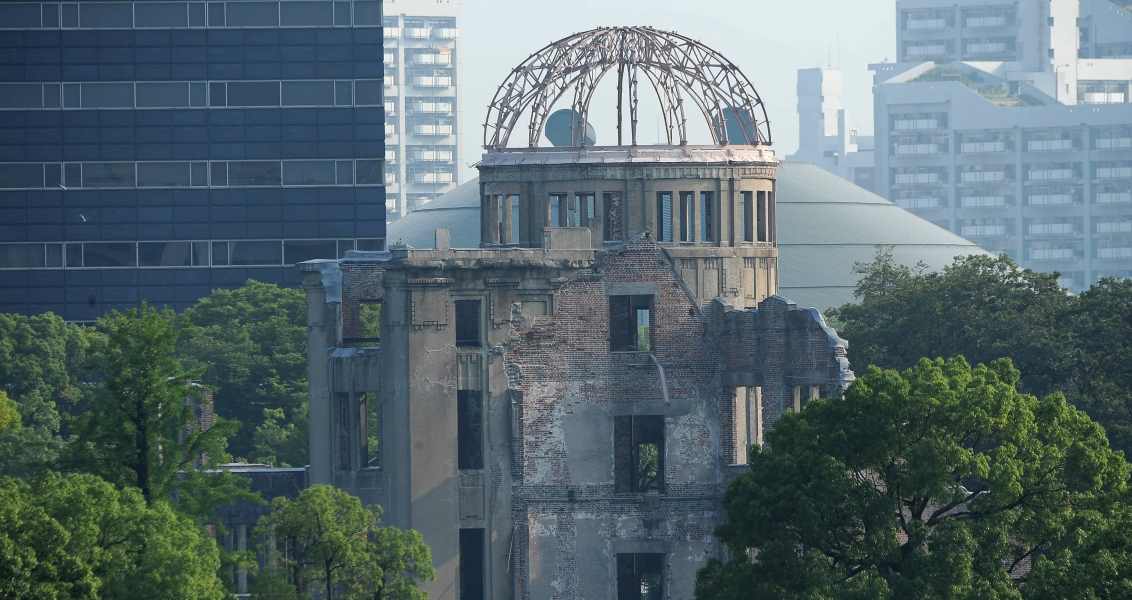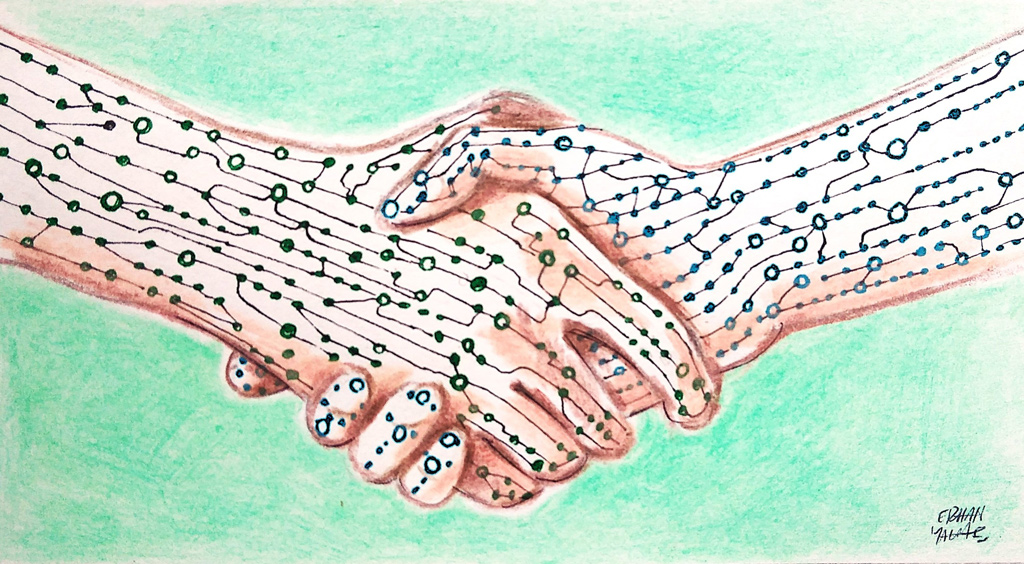
Remembering The Hiroshima Tragedy in the Midst of US-North Korea Nuclear Threats
The trauma and shock experienced after the world's deadliest attacks in Hiroshima and Nagasaki should be a lesson for those who are seeking nuclear war between the U.S. and North Korea
Share
Seventy-two years ago this week, the world saw the most destructive explosive device in history when the U.S. attacked Hiroshima and Nagasaki with atomic weapons. Although U.S. decision makers attempted to explain the bomb and its use against Japan, particularly then President Harry S. Truman during and after his presidency, it still continues to be one of the most controversial decisions in international relations. The trauma of the bomb and the fear and shock it generated around the world have continued for decades. The scar it left on Japanese society largely remains. For years, Japanese society lived through the physical and emotional aftershocks of the bombing. Some Japanese, like the heroine of Akira Kurusowa's "Rhapsody in August" could never forget that day.
They spent their entire lives remembering and reproducing the terrible memory of that hot summer morning in Hiroshima. Like the two soldiers in Haruki Murakami's "Kafka on the Shore," who were lost in a forest and could not age or die, these people could not overcome the fear and awe they endured during and in the aftermath of this bombing. For others, there was not even an opportunity to remember the incident and mourn for the victims for a long time. Immediately after the bombing, thousands, like the characters in Shohei Imamuro's "Black Rain," fell victim to radiation fallout. Depending on the severity of exposure, they lived hard, short lives before falling victim to the bombing.
The ghosts of Hiroshima, however, didn't just haunt the society of Japan. People from different parts of the world also felt the shock, pain and suffering of the Japanese civilians in Hiroshima and Nagasaki. Those who lived to tell their stories of that day in Hiroshima and Nagasaki spread the necessary information about the atomic bomb to hundreds of millions of people around the world. Some of them became a beacon for anti-war and anti-nuclear weapons movements around the world. Sadako Sasaki was one of the many victims of nuclear fallout. However, her efforts have helped the world understand the horror of nuclear war for 70 plus years. The origami cranes she made have become the symbol of peace around the world. After being exposed to radiation following the atomic bomb attack on Hiroshima on Aug. 6 as a toddler, Sadako developed radiation sickness. Sadako's story quickly spread around the world.
Thousands of miles away, a Turkish poet, Nazim Hikmet, who read Sadako's story, wrote a beautiful poem dedicated to the children who lost their lives in this atomic attack. The poem was later set to music by multiple composers, including Pete Seeger. In particular, at the height of the nuclear arms race between the United States and the Soviet Union during the Cold War, Sadako's story and Hikmet's poem became the source of inspiration for those who opposed this senseless escalation and to the danger of a nuclear warfare in the world. Later after the building of Peace Park in the center of Hiroshima, a memorial was erected to remember Sadako and the child victims of Hiroshima and Nagasaki.
I come and stand at every door
But no one hears my silent tread
I knock and yet remain unseen
For I am dead, for I am dead.
I'm only seven although I died
In Hiroshima long ago
I'm seven now as I was then
When children die they do not grow.
My hair was scorched by swirling flame
My eyes grew dim, my eyes grew blind
Death came and turned my bones to dust
And that was scattered by the wind.
I need no fruit, I need no rice
I need no sweet, nor even bread
I ask for nothing for myself
All that I ask is that for peace
You fight today, you fight today
So that the children of this world
May live and grow and laugh and play.
Fortunately, the U.S. and Soviet Union never engaged in a nuclear confrontation and never used their immense nuclear arsenal in other countries, against other societies. However, children continue to die in wars and continue to become victims of conflict, violence and wars they have not created or caused. In wars, hundreds of thousands of children have been and continue to be killed by indiscriminate bombing and weapons of mass destruction. Every war, unfortunately, creates its own child victims.
The photograph of Phan Thi Kim Phuc running away in agony after a napalm attack burned half of her body became the symbol of the Vietnam War. More recently, in the Syrian War, the picture of Omran Daqneesh sitting in an ambulance covered in blood and debris after a regime bombing of his house and the photos of dozens of children lying on a hospital floor following the regime's chemical weapons attack in Ghouta became the symbol of the war, atrocities and violence in Syria. Every time, photographs of children suffering from violence become a wake-up call for nations around the world. However, this condition of alertness expires in a short period of time, and we see new photographs and new faces of children under fire in conflict zones.
Seventy-one years after the bombing of Hiroshima and after so many remembrances and commemorations around the world and never again mottos concerning weapons of mass destruction that kill and destroy indiscriminately, we are in the midst of a debate about nuclear escalation in the Korean Peninsula. The region is already dealing with multiple, unresolved, territorial disputes and ethnic tensions, and there are already too many historical problems that countries have not been able to reconcile, such as the comfort women issue and other atrocities in the Pacific theater of World War II.
In the midst of all this, to have escalation in the region that could hurt the civilian populations in these countries will bring horrifying consequences. As U.S. Secretary of Defense James Mattis said after the North Korean ballistic missile tests and the mutual threats from North Korea and the U.S., escalation that leads to a war in the region would be "catastrophic." This catastrophe can fall on any nation in this part of the world. And it would again be children who will be among the victims of such an action.
[Daily Sabah, August 11, 207]
Tags »
Related Articles







